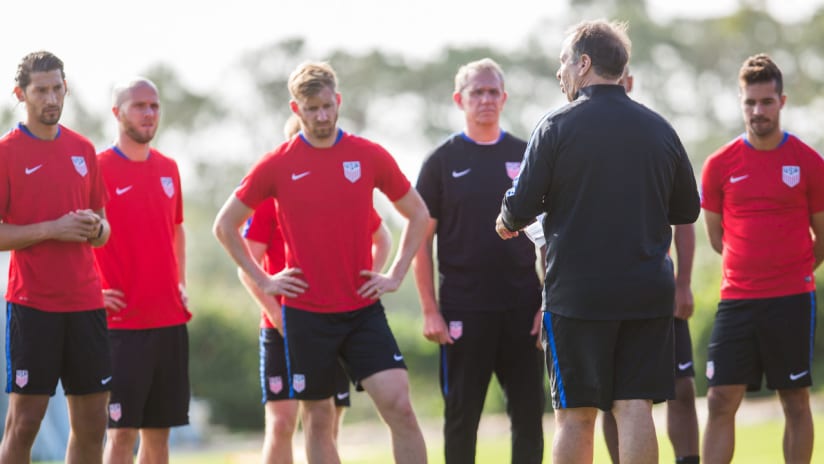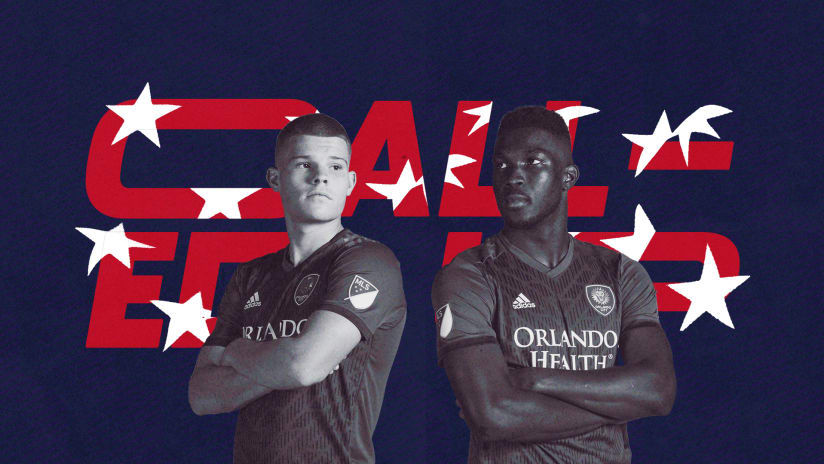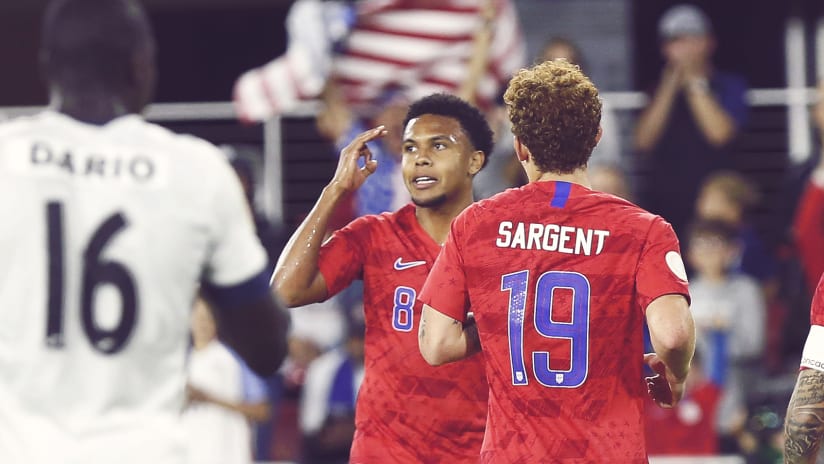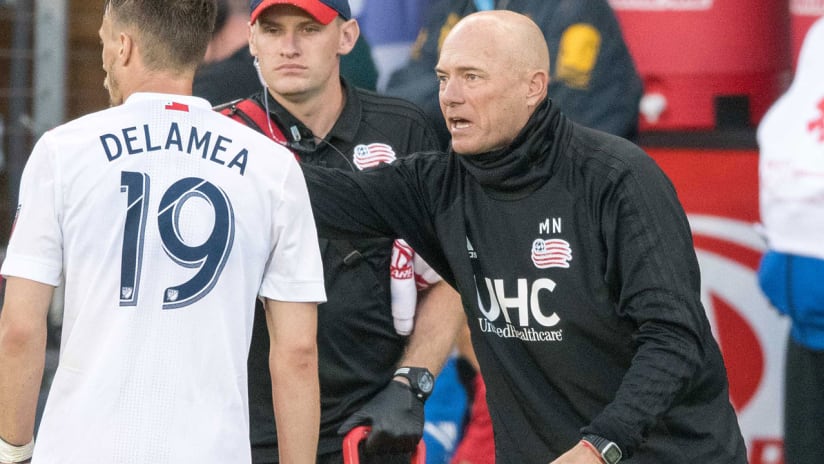The FIFA World Cup is the pinnacle of world soccer. Hundreds of nations all over the world compete for a place in the quadrennial competition, but only a select few advance through the long journey that is World Cup qualifying. The U.S. Men’s National Team has become a perennial participant in the competition, having qualified for each of the last seven World Cups dating back to 1990. However no nation, other than the host country, is guaranteed to qualify for the World Cup. Like most great things in life, you’ve got to earn it.
Qualifying for the World Cup is no simple task, and, frankly, the process can seem pretty confusing at times. The concept, from an elementary point of view is straightforward: play well and win regional matches.
Nations qualify for the World Cup by doing just that. The purpose of this article is not to state the obvious; rather, I write to simplify the intricate World Cup qualification process and to highlight the common denominator in all World Cup-qualified nations.
In this article, I’ll focus on CONCACAF (Confederation of North, Central American and Caribbean Association Football) qualifying and, subsequently, the U.S. Men’s National Team.
The Process
The FIFA World Cup qualification process consists of national soccer confederations (ex. CONCACAF, UEFA, CONMEBOL) competing in a series of regional tournaments, also referred to as rounds, that determine which nations will advance through to the World Cup. The key word: regional. To clarify, North American nations compete against other North American nations, Europeans nations against European nations, African nations against African nations and so on.
CONCACAF qualification is a five-round process beginning three years before the World Cup is set to begin. The top teams after each round advance. All 35 members of the confederation have a chance to qualify, but only the teams that play well and win matches will advance to the next round. The teams that don’t are eliminated from World Cup qualification.
The Hexagonal
The fifth and final round of CONCACAF World Cup qualifying, simply known as “The Hex” (short for Hexagonal), serves as the Semifinal Round for qualification to the World Cup. The top three nations at the end of the Hex round automatically qualify for the World Cup, while the fourth-place team must win an intercontinental playoff with the fifth-place finisher from the Asian Football Confederation to qualify.
In the Hex, six nations - in this case, USA, Mexico, Costa Rica, Honduras, Panama and Trinidad & Tobago - go head-to-head in a home/away, round-robin-style mini-league in which each team plays a ten-match schedule (USA plays each team in the Hex home/away) to earn as many points as possible to finish in one of those top three spots.
Here’s where the U.S. currently stands in the CONCACAF Hexagonal:
Nation |
Points |
Goal Differential |
|---|---|---|
Mexico |
18 |
+8 |
Costa Rica |
15 |
+7 |
Panama |
10 |
+2 |
<strong>United States</strong> |
9 |
+1 |
Honduras |
9 |
-7 |
Trinidad & Tabago |
3 |
-11 |
This year, the Americans’ road to Russia runs through Orlando City Stadium, where the U.S. is set host Panama this Friday in Matchweek 9 of the ten-round Hex. As you can see from the standings, it is absolutely critical for the U.S. to get three points against Panama. Anything but a win for the Red, White and Blue would put the USA in legitimate danger of missing out on Russia 2018.
The USMNT closes out the qualifying group on Oct. 10 at Trinidad and Tobago. Panama plays Costa Rica in its final match in the Hex on the same day.
Russia 2018
Russia is set to host the 2018 FIFA World Cup next summer. Eight nations - Russia (host country), Belgium, Iran, Japan, Korea Republic, Saudi Arabia, Mexico, Brazil - have already punched their ticket the World Cup in 2018.
2018 FIFA World Cup Russia Qualifiers
Go, go, USA!
The U.S. MNT has qualified for the last seven World Cups - a feat certainly worth being proud of. American soccer fans are now accustomed to seeing the U.S. dominate CONCACAF competition, but this cycle has been difficult for the Americans. Traditionally, the U.S. and Mexico are jockeying for position at the top of the Hex. But the emergence of Costa Rica as a force in CONCACAF, along with Panama and Honduras, who always put up a good fight, has put the Americans in a precarious situation. Still, the Americans’ fate is in their own hands.
It’s been a challenge for the U.S. this time around, but Bruce Arena’s team is in control of its own destiny. If the Americans perform well enough to win their final two fixtures of the Hex, we’ll see the Red, White and Blue next summer in Russia.





